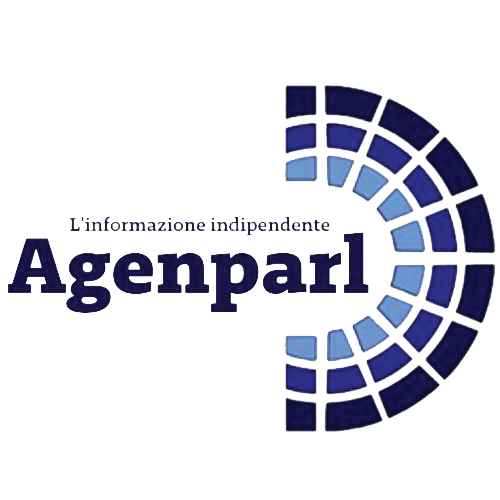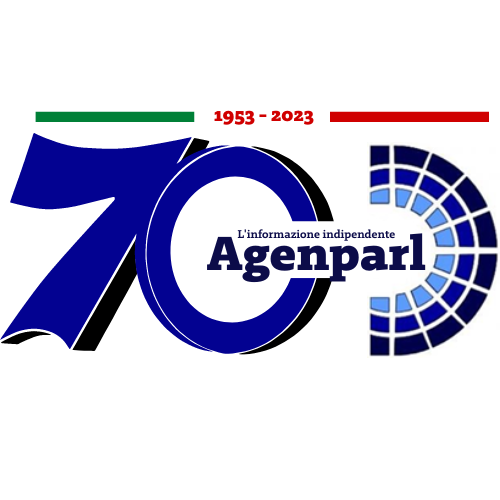 (AGENPARL) - Roma, 18 Agosto 2023
(AGENPARL) - Roma, 18 Agosto 2023(AGENPARL) – ven 18 agosto 2023 Issued: Aug 18, 2023 (1:28pm EDT)
If you wish to unsubscribe please do so
here: http://url6130.epa.mediaroom.com/ls/click?upn=-2BroytcZInNRyuFbAvAoN5aMEQDHIx2RtQl0jT-2FwLgZHafJKm-2F7NYrsKNAZH88rhd98aG2o5sSGIX8iVgGgXwOczi8WNFU0a7GLvUAvQ8R0QCtkuTI4WABymYAm345NQtEeb1_mLoYh0p4AWg4foFr5HgrZ1QioQ33bLwdnQ-2BsYGKFX9mApcfdQmv0-2Bvkdf9kq-2BlYjfD3yO1Qukhec4Qvv3cRsgTYCEb75ZOOLrZmFYnX9JACO1-2FZQqKqiVIAjr-2FvasLvi-2BE-2BTnUGnCk3sKe4zNM6G96O4jgGL42vJGdhntwu3cANeXHr7bWvX6aLU92Mr5BapPy0QUNXjSkvei2MWGBTqUNwtXmdL3ZgX5Zgbrzw2tSI6pUiyzANy2GyWOnai5Fhf6Zf4WnAYU0pesCkETbLz9A-3D-3D
EPA Invites Public Input on Proposed Cleanup Plan for Lehigh Valley Railroad
Superfund Site in Genesee County, New York
NEW YORK (August 18, 2023) – The U.S. Environmental Protection Agency (EPA) is
seeking public input on its proposed cleanup plan to address contaminated
groundwater, soil, bedrock, soil vapor and surface water at the Lehigh Valley
Railroad site located in LeRoy, New York. A 30-day public comment period for
the proposed plan begins on August 18, 2023. EPA will host a public meeting at
Caledonia Mumford High School auditorium, 99 North Street, Caledonia, NY
on August 29, 2023, at 6:00 p.m. to explain the new cleanup proposal.
EPA’s proposed plan for the Lehigh Valley Railroad site will address the
remaining contamination from a historic train accident that spilled
trichloroethylene (TCE) onto the ground and into the groundwater.
The site includes the location of a former train derailment that occurred on
December 6, 1970, at the Gulf Road crossing in the Town of LeRoy. Two tank
cars ruptured and spilled approximately 30,000 gallons of TCE onto the ground.
A third car containing a crystalline form of cyanide was also reported to have
partially spilled. The cyanide was recovered shortly after the derailment,
however the TCE was flushed with water, and it seeped into the ground,
resulting in a 4-mile-long plume of TCE contamination. EPA placed the site on
the National Priorities List in 1999 and has been cleaning the site in several
stages, including early removal responses, as well as remedial actions known
as operable units (OUs).
The cleanup outlined in today’s proposed plan will address the groundwater,
bedrock, soil, soil vapor, and surface water. For the groundwater
contamination, EPA has determined that no existing treatment methods can clean
up the groundwater to meet standards in a reasonable time. Therefore, EPA
proposes to monitor the groundwater and use institutional controls (ICs) to
limit its use and protect people’s health over the long term.
The proposed plan also includes:
Removing remaining contaminated soil and disposing of it off-site, followed by
backfilling with clean fill.
In-situ treatment of contaminated surface water with streambed cover, ICs, and
monitoring.
Monitoring groundwater, surface water, soil vapor and indoor air to check the
levels of contaminants.
Maintaining and installing vapor mitigation systems for properties that are
affected by soil vapor intrusion from the groundwater plume. These systems
prevent harmful vapors from entering indoor spaces.
Connecting new homes built over the groundwater plume to the public water
supply system. Existing homes over the plume were connected to the public
water system in 2003.
ICs in the form of governmental controls, proprietary controls (e.g.,
easements in the spill area), and informational devices (e.g., notices,
publications) to limit exposure to contaminated groundwater and soil vapor.
EPA also proposes changes to a 1997 cleanup plan to eliminate source control
measures including bedrock vapor extraction, to update the surface water
standard for TCE, and to address soil contamination beneath Gulf Road by
implementing ICs to restrict access and to require proper soil management if
the roadbed is disturbed in the future.

